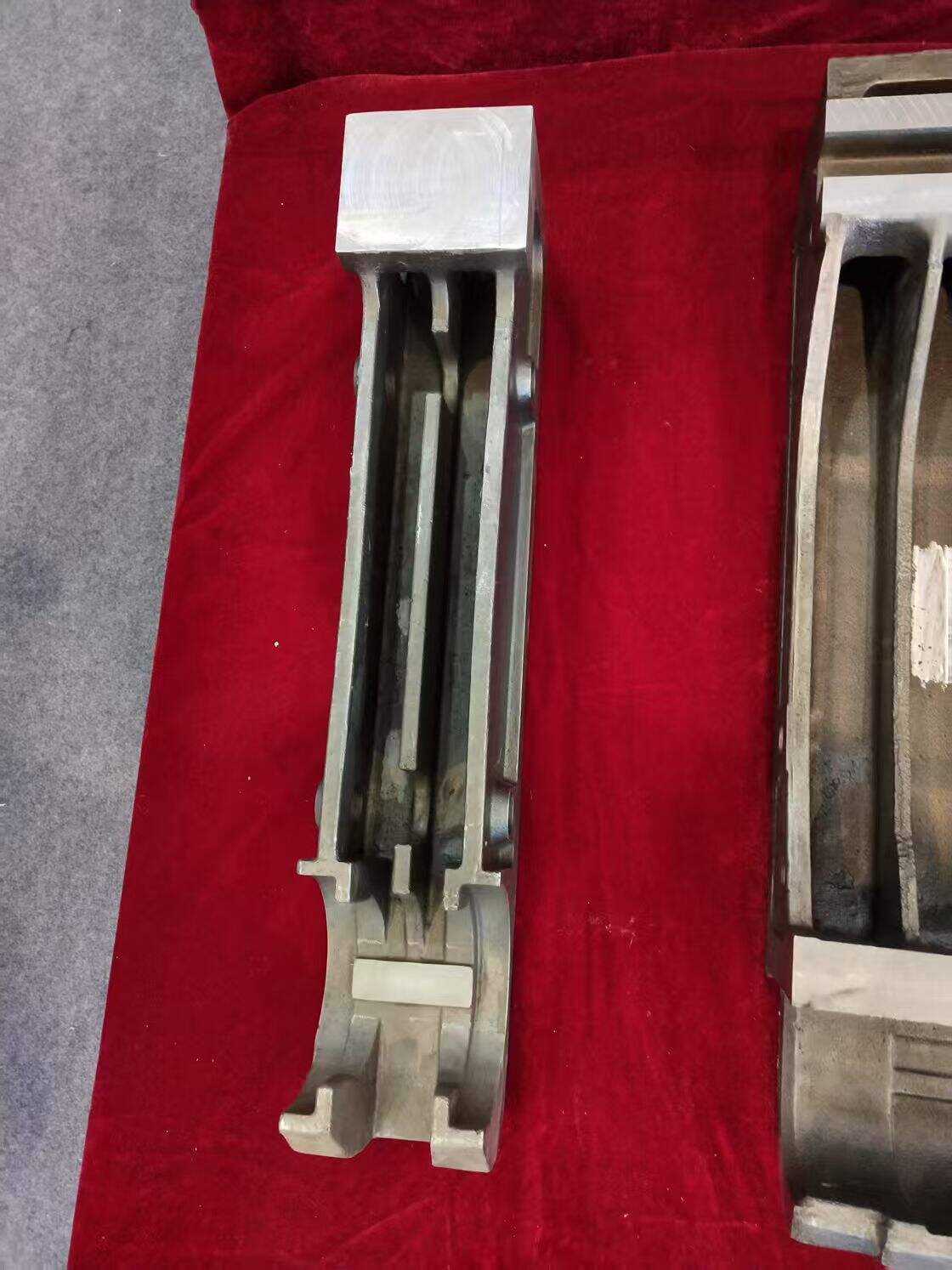lost foam casting process
Lost foam casting is an innovative metal casting process that revolutionizes traditional manufacturing methods. In this process, a polystyrene foam pattern is first created to match the desired final product shape. The foam pattern is then coated with a refractory material and embedded in unbonded sand. When molten metal is poured into the mold, it vaporizes the foam pattern, perfectly taking its place to create the final casting. This process allows for incredible design flexibility, as complex geometries can be achieved without the need for cores or parting lines. The technology enables the production of intricate components with internal passages and undercuts that would be difficult or impossible to achieve with conventional casting methods. Lost foam casting finds extensive applications in automotive manufacturing, aerospace components, pump housings, and marine equipment. The process is particularly valuable for producing engine blocks, cylinder heads, and other complex mechanical components that require precise internal channels and passages. Modern lost foam casting facilities employ advanced automation and computer-controlled systems to ensure consistent quality and high production efficiency.
